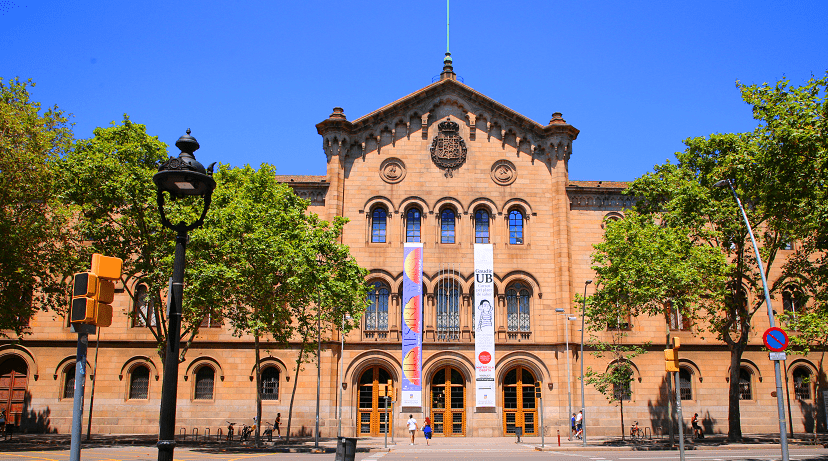Universities are spaces for learning, personal growth, and community life. However, they do not always provide a safe and respectful environment for everyone. Cases of harassment, discrimination, or microaggressions — though sometimes rendered invisible — still occur on campuses around the world. These issues not only impact students’ academic experience but also undermine their emotional well-being, trust in the institution, and development opportunities.
The question many universities are asking is: how can we ensure that all members of the university community (students, faculty, and administrative staff) feel safe, valued, and respected?
One of the greatest challenges lies in the very diversity of the community itself. Universities bring together people from diverse cultural, religious, ethnic, and socioeconomic backgrounds. This richness is undoubtedly one of the greatest strengths of higher education, but it also presents challenges if not properly managed. Differences can lead to misunderstandings, prejudice, or exclusion, which can hinder the creation of a safe environment for everyone.
Diversity as Part of the Solution
Far from being an obstacle, diversity can be precisely the key to building safer and more respectful spaces. Fostering an environment that celebrates a plurality of ideas, identities, and experiences enriches community life and helps prevent dynamics of discrimination.
The first step universities can take is to implement awareness training for the entire university community. These training sessions help to better understand the realities of the people on campus, bring visibility to everyday situations of exclusion or harassment, and provide practical tools to intervene when conflicts or microaggressions arise.
Moreover, it is essential that universities have clear policies of zero tolerance towards harassment and discrimination. These policies should not only be well-defined but also communicated in an accessible and straightforward manner, so they can be effectively applied when situations of risk or rights violations occur.
Another key pillar is the creation of spaces for dialogue, where the voices of all groups within the university are heard. Affinity groups, diversity committees, or round tables are excellent ways to give visibility to the real concerns of the community and to design collective solutions. These initiatives also send a clear message: the university is committed to active listening and continuous improvement.
The Role of Prevention and Early Intervention
It is not enough to react to problems once they have escalated. True transformation comes from working on prevention. Detecting early signs of distress, launching awareness campaigns, and ensuring there is support available for those who need it are key strategies.
It is also important to recognize that a safe environment goes beyond just physical safety. Emotional and psychological safety are equally important. Feeling respected, heard, and supported has a direct impact on students’ self-esteem and academic performance.
Building Safe Universities
Creating a safe and respectful environment in universities is neither a simple nor quick task, but it is possible with a comprehensive approach that combines clear policies, continuous education, participatory spaces, and emotional support.
By embracing diversity as a driver of change, universities not only protect their community but also help to shape citizens and professionals who are more empathetic, responsible, and prepared to thrive in a diverse world. A safe campus is one where every person can grow, learn, and develop to their fullest potential, knowing they will be respected for who they are.


